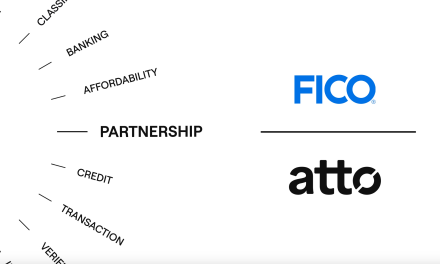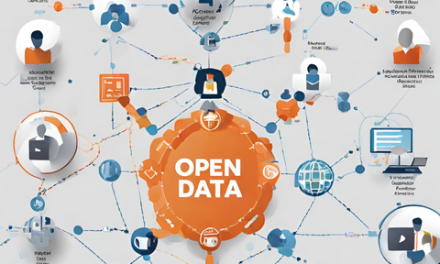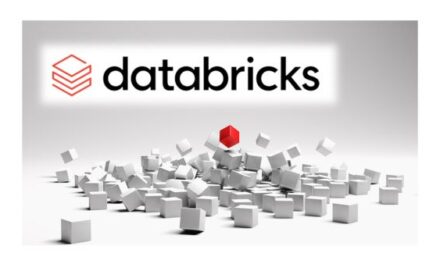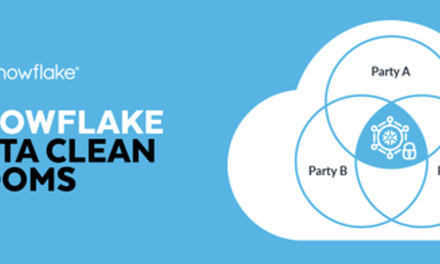Alternative Data to Reshape the Ecosystem of the Business Information Industry
Just in case you have missed this event, BIIA participated not only in this virtual roundtable, but it also took part in the planning of the event. Here is a summary provided by MOHAN CHEN, an SME Finance Forum intern.
As the pandemic proceeds to the second year, the degree of information asymmetry between lenders and borrowers continues to increase. In the post-COVID-19 era, it is important to find new data sources and establish innovative risk models that are well-calibrated to provide accurate assessments of the SMEs’ capacity of repayment. Many SMEs appear solvent with the support of the government relief programs, but the situation may not last as the government support is coming to an end. Additionally, some SMEs may struggle to apply for loans because of the absence of collateral or short credit history. Neil Munroe (Business Information Industry Association), Tony Hadley (Experian), Adam Klappholz (Venmo), and Rajeev Chalisgaonkar (Standard Chartered Bank) joined the panel to discuss the emerging role of alternative data in evaluating credit and ensuring access to finance for the SMEs in the new reality.
Neil Munroe started the discussion by introducing the different types of alternative data. Traditionally, lenders have been making risk decisions by gathering data from public records, trade sources, and financial institutions. As a result of the introduction of support measures during the pandemic, including the moratoriums, the credit files and business profiles of SMEs will have changed significantly. Alternative data is seen by some as a way of filling the information gap and helping lenders determine if their clients will be in a good financial position after the pandemic. The definition of alternative data can vary across different industry sectors. In traditional markets, alternative data can be utility data, such as telecom data. In the new industry sectors such as e commerce and the digital world, alternative data can be collected from a number of sources, including bank transaction data, web data, accounting data, as well as tax and revenue data. The LinkedIn profiles and customer reviews on different platforms can also provide knowledge on the businesses’ performance. These sources provide more timely and comprehensive business insights for the lenders, however, there exist concerns about how this data is collected and used.
Adam Klappholz and Rajeev Chalisgaonkar commented on the value-added of using alternative data and how it increased during the pandemic. Klappholz identified two major areas where alternative data creates value. First of all, alternative data, especially the PayPal payments data, contributes to creating a seamless lending product. The loans can be issued to micro merchants in a few minutes without downloading bank statements or attaching bank accounts. Secondly, alternative data allows the lenders to immediately assess whether the small businesses are being benefited or adversely impacted. For example, PayPal has a huge group of clients engaged in e-commerce, who have been thriving during COVID-19. By examining their transactions velocity, PayPal can lend more to those merchants with stronger performances and grant crucial capitals for their growth.
Chalisgaonkar suggested that the importance of alternative data has increased since the banking industry has overall lost track of the SME repayment behaviors. One critical trend is that most of the alternative data is derived from digital commerce. The B2C platforms have expanded significantly over the last year and the acceleration in e-commerce is leading to higher availability of data. While the mandatory moratoriums brought obstacles to the lenders in evaluating their clients’ repayment activities, the increasing digital transactions during the pandemic have become an important source of information for the loan issuers.
Based on his experience at Experian, Tony Hadley shared his opinion that alternative data provides a symbiotic addition to traditional data. Most recent scoring model can accommodate the new types of alternative data, which allows for a seamless integration into a lender’s automated underwriting platform. The alternative data can be weighted relative to other factors the score measures. Credit scores do not usually rely solely on alternative data, but these new sources can play a predominant role when the small businesses have been outside of the financial system and have no other traditional credit record available. In addition to the challenge of identifying predictive data, it is also important that lenders integrate alternative data directly into their existing underwriting standards and processes. The lenders need to validate these new models to ensure that the added alternative data is utilized effectively without issues such as discrimination.
Alternative data has been playing a significant role throughout the pandemic by filling the gap caused by the lack of traditional credit data. In the post-COVID-19 era, alternative data is projected to reshape the ecosystem of the business information industry. Financial institutions should accustom themselves to the 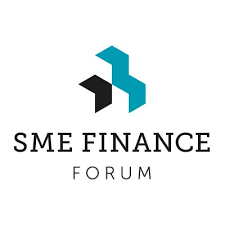 new reality by exploring new ways to obtain business information from innovative and reputable sources so that alternative data is leveraged in a fair and transparent manner.
new reality by exploring new ways to obtain business information from innovative and reputable sources so that alternative data is leveraged in a fair and transparent manner.
Source: SME Finance Forum

